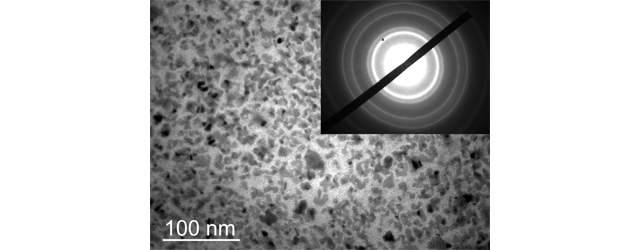Smart multi-layered magnetic material acts as an electric switch (Vol. 48, No. 3)

New study reveals characteristic of islands of magnetic metals between vacuum gaps, displaying tunnelling electric current.
The nanometric-size islands of magnetic metal sporadically spread between vacuum gaps display unique conductive properties under a magnetic field. In a study recently published, the authors found that the vacuum gaps impede the direct magnetic alignment between the adjacent islands — which depends on the external magnetic field — while allowing electron tunneling between them. Such externally controlled conducting behaviour opens the door for applications in electronics with magnetic field sensors – which are used to read data on hard disk drives – , biosensors and microelectromechanical systems (MEMS), as well as in spintronics with magnetic devices used to increase memory density. They found that the maximum values of the electric conductivity under an external magnetic field are obtained when the islands have a width of between 3 nm and 5 nm, with vacuum barriers of between 1 nm and 3 nm between them. However, they also observed that the tunnelling of electrons between the islands depends on the relative orientation of the direction of magnetisation in the adjacent islands and on the external magnetic field.
A.M. Chornous, Yu.O. Shkurdoda, V.B. Loboda, Yu.M. Shabelnyk and V.O. Kravchenko, Influence of the surface morphology on the magnetoresistance of ultrathin films of ferromagnetic metals and their alloys, Eur. Phys. J. Plus 132, 58 (2017)
[Abstract]







